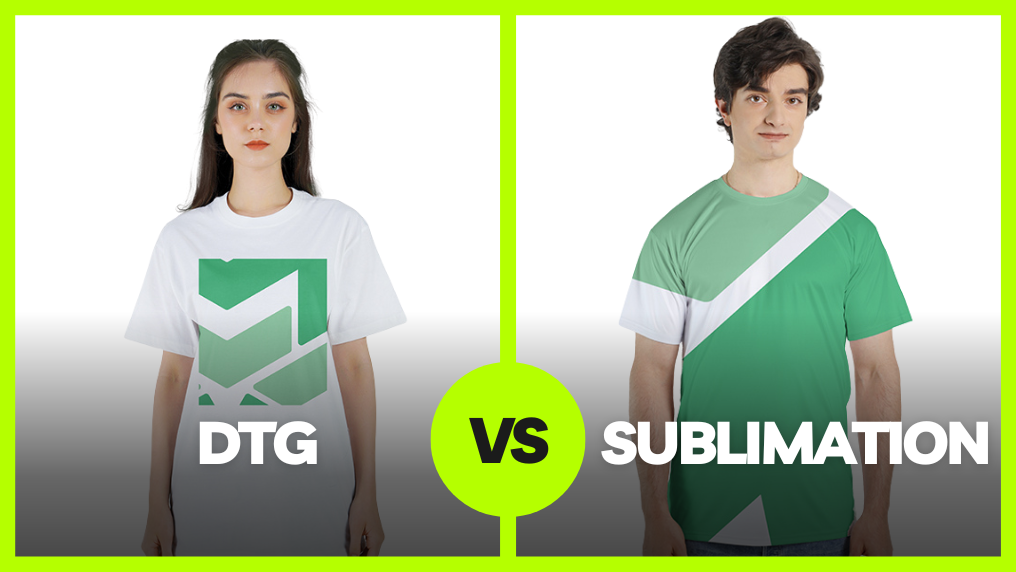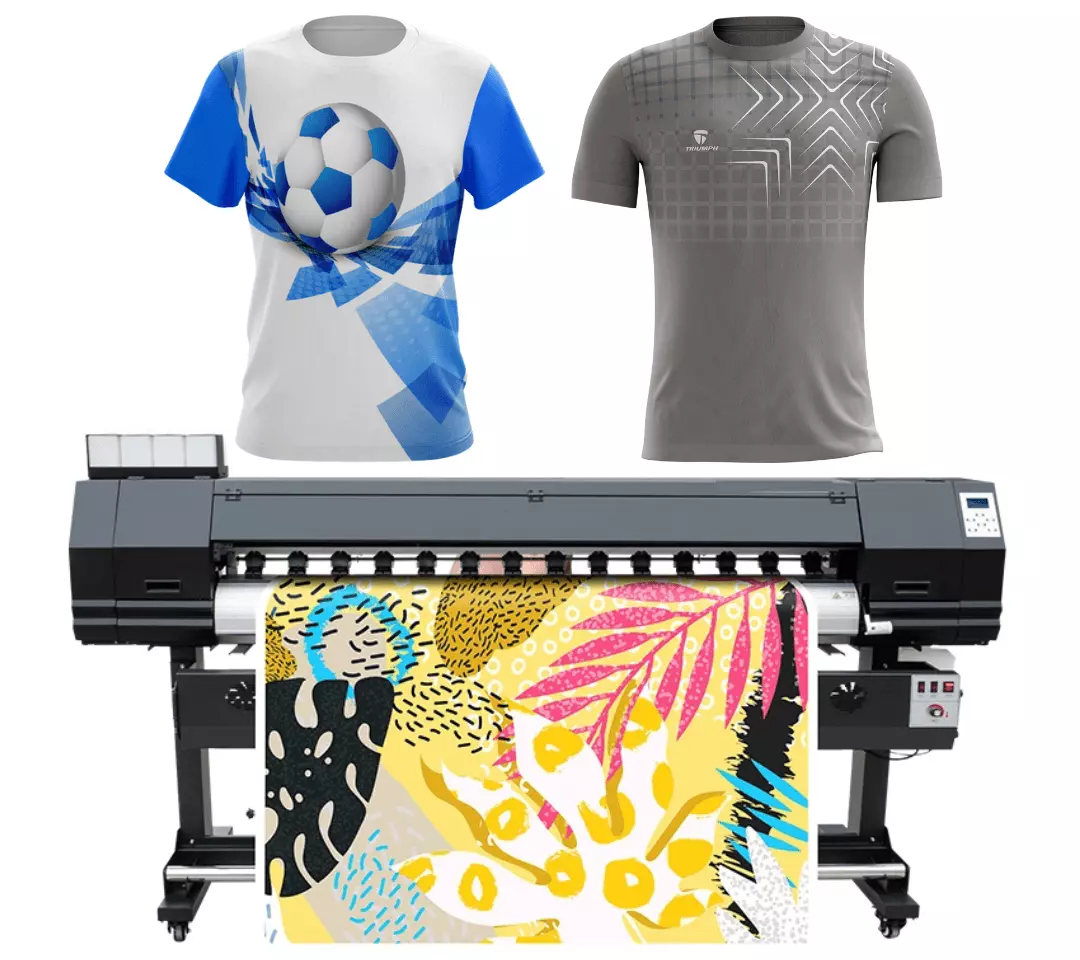Checking out the Benefits of Sublimation Printing for High-Quality Fabrics
Checking out the Benefits of Sublimation Printing for High-Quality Fabrics
Blog Article
From Standard to Digital: Comprehending the Evolution of Towel Printing
The transformation of fabric printing from standard techniques like block printing and withstand dyeing to contemporary strategies such as display and electronic printing notes a significant change in the textile sector. Just how do these improvements impact the significance of towel printing, and what might the future hold for this ever-evolving craft?
Standard Fabric Printing Approaches
In the onset of textile production, traditional fabric printing techniques acted as the keystone of textile style, using both performance and creative expression. Techniques such as block printing, resist dyeing, and stenciling were meticulously created and refined over centuries, each adding unique visual qualities and functional applications to the textile market. Block printing, one of the oldest techniques, included sculpting intricate designs right into wooden blocks, which were after that dipped in color and pushed onto fabric. This labor-intensive procedure permitted the repeating of in-depth patterns, showcasing the craftsmen's ability and imagination.
Resist dyeing, including techniques like batik and tie-dye, used wax or other substances to protect against dye from passing through particular areas of the textile. This method produced striking contrasts and intricate styles, typically imbued with social importance. Stenciling, an additional traditional approach, entailed cutting patterns into a product and applying color via the openings, offering an easier yet reliable way to generate recurring designs.
These standard approaches not just shaped the textile market's very early growth however additionally prepared for future technologies. Each technique reflected the social and regional features of its origin, protecting and sharing artisanal expertise via generations.
The Rise of Screen Printing
Exactly how did display printing change the landscape of textile layout? The arrival of screen printing in the very early 20th century marked a considerable separation from conventional approaches, supplying extraordinary versatility and efficiency. This strategy entails pressing ink through a great mesh display that has actually been stenciled with a style, enabling high accuracy and uniformity. Screen printing allowed designers to generate intricate patterns and vibrant shades on textiles, which were formerly challenging to accomplish with block printing or hand-painting techniques.
Among the key advantages of display printing is its ability to replicate intricate styles on a big scale with remarkable integrity. This scalability made it profoundly prominent in the commercial fabric market, where mass production without sacrificing quality is extremely important. Screen printing suits a large array of dyes and inks, increasing the palette of appearances and surfaces available to developers.
Additionally, the procedure is highly adaptable, ideal for numerous fabric kinds including cotton, silk, and synthetics. This flexibility, incorporated with its cost-efficiency for big runs, strengthened screen printing's function as a cornerstone of contemporary fabric manufacturing. Therefore, the surge of screen printing reinvented the industry, pushing the borders of what was feasible in textile layout.

The Development of Digital Printing
Structure on the amazing improvements brought by display printing, the textile market experienced another groundbreaking growth with the advent of digital printing. Emerging in the late 20th century, digital printing reinvented the means styles are transferred onto materials, offering unprecedented flexibility and performance. Unlike conventional methods, which often required substantial arrangement and considerable hand-operated treatment, electronic printing uses computer-aided layout (CAD) modern technology to produce elaborate patterns directly onto the fabric with check my source high precision.
This development has allowed textile manufacturers to meet the expanding need for modification and on-demand production. By eliminating the demand for plates and displays, electronic printing minimizes lead times and reduces product waste, making it an extra sustainable option. The capacity to publish intricate photos and a wide variety of shades in a solitary pass has opened brand-new imaginative opportunities for developers, fostering a rise in imaginative expression within the market.
In addition, digital printing sustains smaller set production runs, which is particularly useful for specific niche markets and startup style brands. This technical jump click for source has not only boosted operational performance yet additionally democratized accessibility to high-grade fabric printing, establishing the phase for future advancements in fabric layout and production.
Contrasting Techniques: Standard Vs. Digital
While both standard and digital printing techniques have their very own one-of-a-kind advantages, they vary considerably in terms of procedure, efficiency, and environmental effect. Conventional towel printing, incorporating strategies like block printing and display printing, entails manual labor and elaborate workmanship.
In contrast, digital printing employs advanced innovation to move layouts straight onto textile utilizing inkjet printers. This technique supplies unmatched accuracy and a huge range of color alternatives, making it possible for intricate and highly thorough designs. Digital printing is substantially quicker, permitting fast turn-arounds and just-in-time manufacturing, which decreases the need for large stock storage. Furthermore, it supports customization and small set production, satisfying contemporary customer demands for tailored items.
From an environmental point of view, digital printing is normally extra sustainable. It uses less water and creates very little waste compared to traditional approaches, which typically involve comprehensive washing and coloring processes. As a result, digital printing is significantly favored in an age where ecological factors to consider are critical.
Future Fads in Cloth Printing
As the fabric sector continues to evolve, future patterns in towel printing frequently direct towards better integration of innovation and sustainability. One substantial trend is the increased application of digital printing technologies. These improvements permit for higher accuracy, quicker manufacturing times, and the capacity to develop complex layouts that were when tough with typical methods. Digital textile printing is expected to control the market, driven by its effectiveness and versatility to customer needs for customized and limited-edition items.

Additionally, the unification of smart textiles, which integrate digital components right into textiles, is set to change the market. These fabrics can offer additional capabilities such as temperature regulation, health monitoring, and interactive attributes. As innovation proceeds to advance, the junction of electronic printing and clever fabrics will open up brand-new opportunities for useful and imaginative applications in cloth printing.
Conclusion
The evolution of towel printing from traditional techniques to electronic developments marks a substantial improvement in the textile industry. While typical techniques highlight artisanal workmanship and social heritage, digital printing supplies unmatched accuracy, performance, and customization. This shift not just enhances production capabilities however also supports sustainability campaigns. Future patterns are likely to continue integrating sophisticated innovations, even more redefining textile layout and manufacturing procedures to satisfy environmental considerations and contemporary needs (DTF printing).
The change of fabric printing from typical methods like block printing and stand up to dyeing to contemporary techniques such as display and digital printing marks a substantial change in the textile sector. Screen printing made it possible for developers to create intricate patterns and vivid colors on fabrics, which were previously challenging to attain with block printing or hand-painting techniques.
Structure on the impressive improvements brought by display printing, the fabric market experienced another groundbreaking growth with the introduction of digital printing. DTF printing. Typical fabric printing, incorporating methods like block printing and display printing, includes manual labor and complex craftsmanship. As innovation proceeds to advancement, the crossway of digital printing and wise fabrics will open brand-new methods for practical and imaginative applications in cloth printing
Report this page